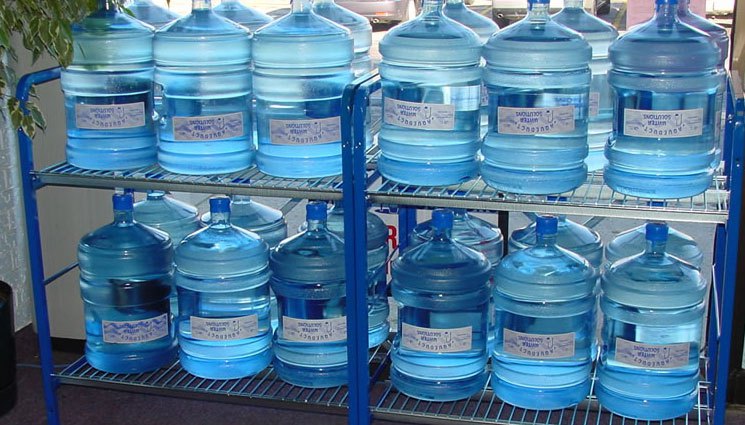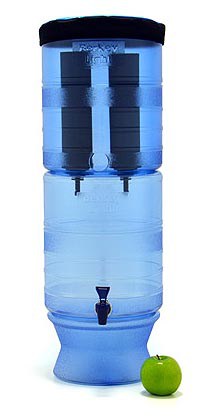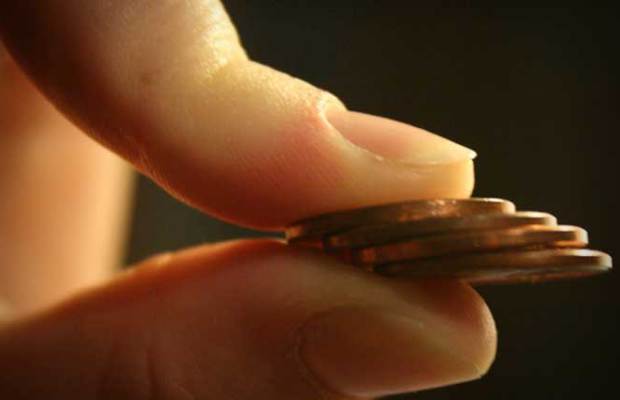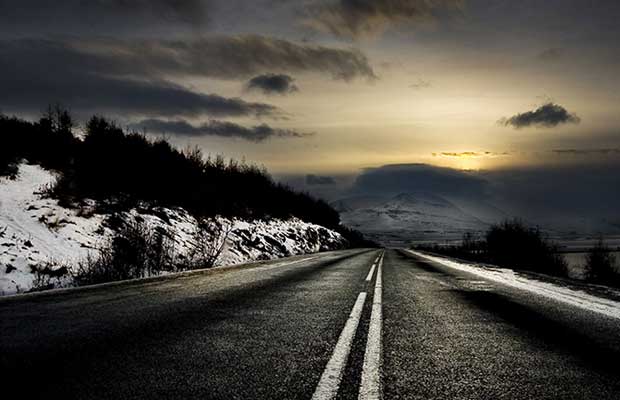
One, if not the most important aspect of Emergency Preparedness to get right is developing a plan for how you will obtain water. You simply can’t live without it. You can go a long time without food, but you can’t go long without water. Our bodies are almost 75% water so staying hydrated isn’t really an option. This article will talk about some of the main considerations you have with respect to ensuring that your family is prepared in the event any disaster to have and be able to acquire water.
Why do you need Water?
Let’s start with the obvious. The average person under normal conditions needs approximately 1 gallon of water for daily use. While a portion of this is for hygiene and cooking, you don’t want to plan on less than this amount in your Survival preparations. Without water our bodies quickly become dehydrated and that can make a bad day worse very quickly. Some of the symptoms of mild to moderate dehydration are:
- Headache
- Irritability
- Dizziness
- Weakness
- Disorientation
- Thirst (well duh)
- Dry skin
- Lethargy
If you don’t get to any water after this point and head into Severe Dehydration, the symptoms get worse:
- Severe confusion
- Muscle cramp
- Lack of sweating
- Convulsions
- Fainting
- Heart failure
- Dry wrinkled skin
- Low blood pressure
- Unconsciousness
As your body has less of the water it needs to run, the less effective you are. This can seriously hurt your group in an emergency where they are counting on you for their survival. Water is essential and we have to have a plan for having a ready supply if you want to survive.
Not all situations are normal. If you live in the desert of New Mexico, water is of course going to be a much bigger concern and harder to acquire than if you live in the hills of West Virginia. Temperature, exertion and illness all impact how much water you need per day. In a grid-down scenario you will most likely be exerting a significant amount of additional exertion than you were in your pre grid-down life. For water, you may not have the option of turning on the tap to have it flow out into your glass. Simply getting water could be an all-day chore. Will you have to walk long distances? Will you have to carry the water yourself?
At Risk Groups
Infants, the elderly or anyone with an illness is going to be more affected by a lack of water so special consideration must be made for them. Children who are vomiting or have diarrhea are at an immediate risk for dehydration. If you have children to consider, you need to plan for their survival as well as monitor their progress often.
The older you get, the less acute your sense of thirst is. Grandma might either genuinely not feel thirsty or could be sacrificing water to save some for others and this can’t be allowed. Mandatory water consumption will have to be enforced in certain situations. If you are thirsty, it’s too late as you are already showing signs of dehydration.
Pregnant or Breast-feeding mothers will need more water than the usual person because they are taking care of two. Mothers who are nursing will need about 13 cups of water daily as opposed to the normally recommended 8 cups for the average person.
If you live in hotter climates or in higher elevations, you will need more water also. Drier climates evaporate the moisture from your skin so you won’t feel as sweaty, but you are losing water just the same. I’m sure we have all heard the saying “it’s a dry heat” and it is, but that doesn’t mean your body is losing water. I was in Arizona one time and it was excruciatingly warm, but I wasn’t sweating. Thankfully, there were water stations everywhere and the group was all cognizant to drink water as much as possible, but in a disaster scenario, the desert doesn’t have much water. Something to consider.
Recipe for Saline Solution
If you are suffering from dehydration and there isn’t a doctor to run to or the pharmacy that you would pop into isn’t open so that you can get a resupply of Pedialyte, you can make your own hydration solution. Most normal dehydration is remedied by plain water administered until the body is properly hydrated. In the case of diarrhea or illness, hydration solutions may be needed and it’s easy to make this yourself if you have the simple ingredients below:
- ½ teaspoon of salt
- ½ teaspoon of baking soda
- 3 tablespoons of sugar
- One quart of water
Mix all of the ingredients in a container, shake well and drink up. Yum!
Storage Options
One of the more common questions is what is the best way to store water for Emergencies. As in everything, each person’s scenario is different. If you live in an apartment on the 3rd floor, your space and potentially weight considerations are going to limit what you can store. What if you are in a dorm room or worse, away from home and Zombies attack?
Let’s take the most basic scenario of you are at home, or can in a reasonable amount of time get back to your home. Wherever this is, you can comfortably store 5 days worth of water for yourself at a minimum. (5 gallons) FEMA even recommends you have enough for 72 hours. If you have 3 other people in your family, we need to store 15 additional gallons for each of you to have one gallon per day. What about pets? OK, you are already up to 20 gallons not counting fido and that doesn’t take up much space, but again, you only have one week of water. What if the disaster lasts a month? What if there is a biological outbreak and everyone is ordered by the authorities to stay in your house? What if you are under siege? Now we are talking about needing 80-100 gallons and this starts to take up space not to mention refilling this when you are out. If you have a basement or a large unused storage room or garage, two 55 gallon drums are fairly easy to park well out of the way but a plan for refilling your supply is wise.
Apartment dwellers have additional problems but you may already have a great storage space built-in and that is your bathtub. As soon as you know you will need it, and hopefully not too late, fill your bathtub up with water. Optionally, you could purchase a water BOB which can hold up to 100 gallons and eliminates having to screen your water for hair or tub grime. Gross. Going further down the scale, you can get water out of the backs of toilets, water beds and water heaters in a pinch. As with everything else, you should make sure the water is safe to drink first. Toilets that have had chemical biscuits thrown in there might not be a good choice for drinking.
Homeowners can also store water in rain barrels that you collect off the roof. In almost every case this water will need to be disinfected, but it is a storage option that could give you at least 50 gallons of water per rain barrel and not take up any space indoors.
How to Disinfect Water
When we are discussing disinfecting water we are primarily concerned with killing any germs or bacteria that can make you sick or worse, kill you. There are a few methods available using Iodine, but that would be rare to come by in a Survival situation I think so I will cover the basics
Chlorine Bleach is probably the most common household item that you will have that can be used to disinfect your drinking water but it is a little tricky. Chlorine is affected by the temperature of the water you are treating. Always try to filter any water that may be cloudy with contaminants such as lake water first. You can use paint filters or a bandana if necessary. If the water is room temperature (meaning not cold or hot) you would add two to four drops of chlorine bleach per quart. Shake well and let the container sit for 30 minutes. After 30 minutes, smell the water. It should smell like chlorine and this is

Filters are an easier method in my opinion but you don’t always have that luxury. I use a Berkey Light water filterand it couldn’t be easier. If we have a situation where I need to disinfect my water, I would simply pour the water in the top and the Berkey does the rest.Camping filters are also really good at filtering and disinfecting, but you run the risk of breaking these if you are constantly pumping water for a large group. They are great if you are mobile though and living off the land and need a lightweight portable solution.
Boiling is probably the oldest method of disinfecting water but it works! All you need is a container (preferably not plastic) and heat. Bring your water to a boil and let the water boil for a couple of minutes and that’s it. The boiling will kill any bacteria and you can drink the water. Let it cool off first…
Distillation is another option but requires more equipment than the average person will be able to acquire much less put together in an emergency situation. Another option is the SODIS method which uses UV light (sunlight) to treat water stored in clear containers. There is a lot of information about this method online and here.
















